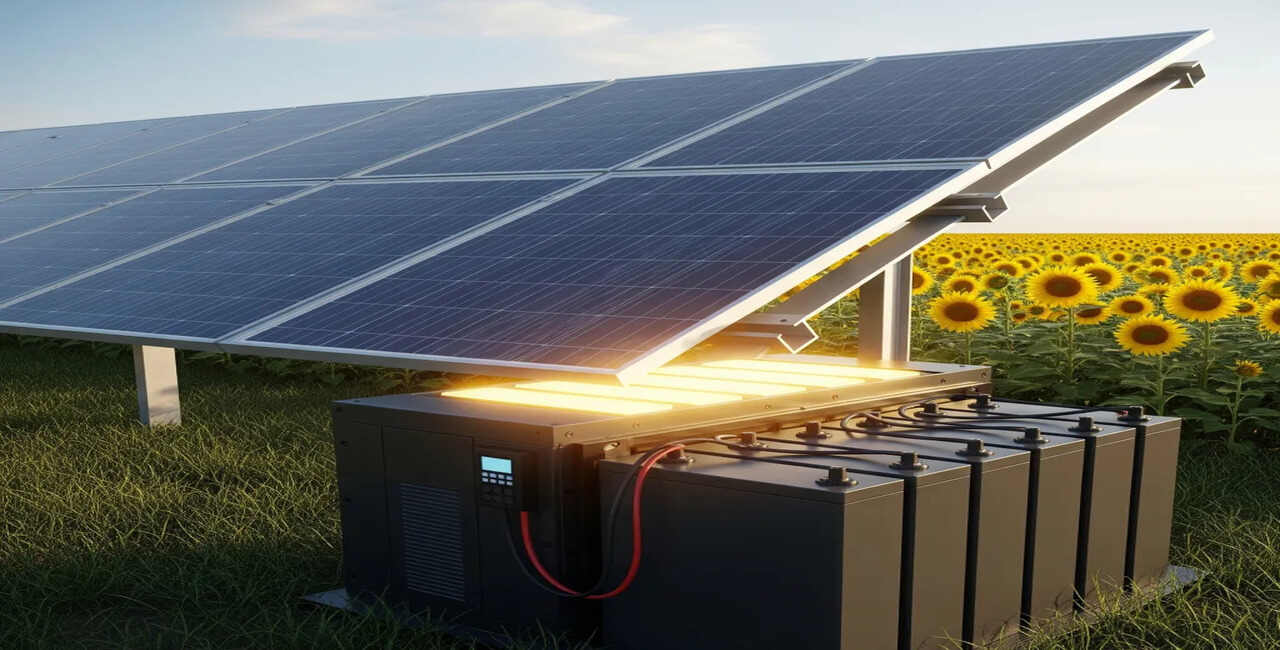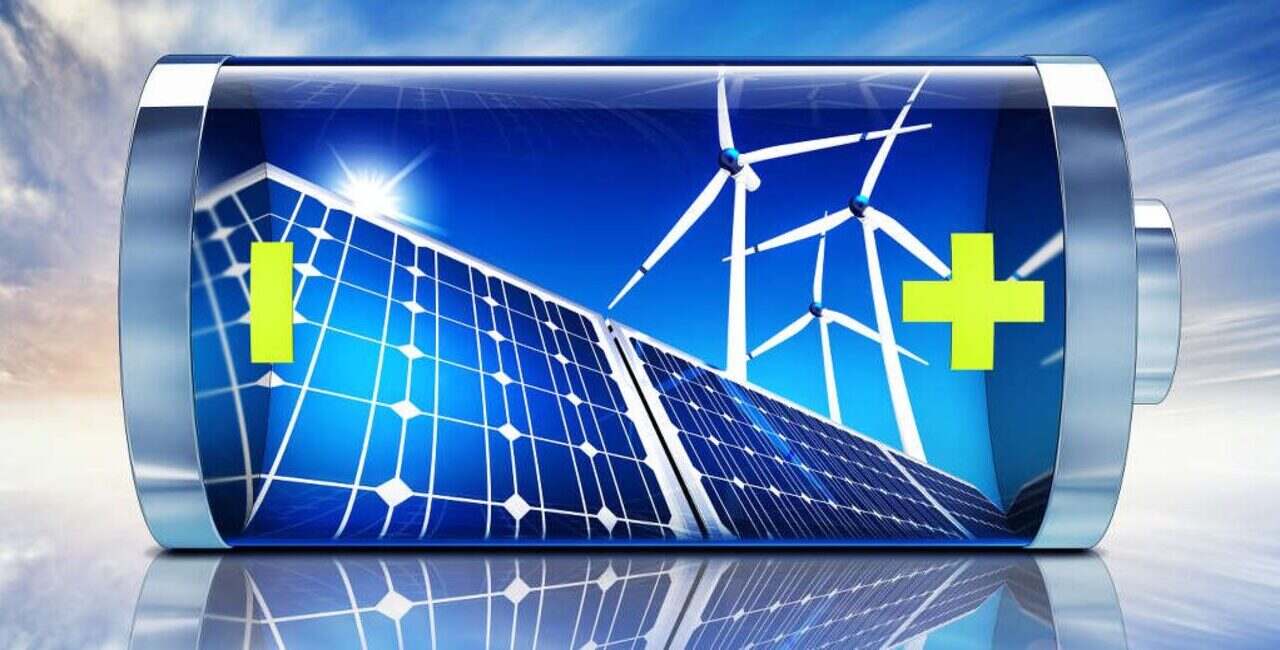
Installing a battery in your solar panel system might raise many questions, but the most asked question is- Which type of solar battery is best for me?
The answer is not simple, but this blog will help you navigate through it.
Solar batteries are used for backup after an outage and to save solar energy to use at night. They make your solar panel system independent and less reliant on the grid. There are many types of batteries- lead-acid, lithium-ion, flow, saltwater and etc. So selecting one is challenging.
In this blog, we will be comparing the most popular types of solar batteries in terms of cost, longevity, safety, and best applications. We will also cover the newest developments and help in determining which one is right for your needs.
If you’re a solar installer or homeowner planning your system, a modern solar design tool like Arka360 can make it easier to create proposals that account for storage needs—so you know exactly what you’re getting and how it will perform.

When people search for the best solar battery, they often end up comparing lead-acid vs lithium solar battery systems. But there’s more—newer chemistries like flow and saltwater batteries are also entering the market so let’s break them down.
Lead-acid batteries are the oldest form of rechargeable battery used for solar storage.
They come in three main forms:
Pros:
Cons:
These batteries are best for tight budgets or backup-only systems.
Lithium-ion batteries have become the gold standard for home and commercial solar storage. Two chemistries dominate:
What is an LFP battery?
An LFP (Lithium Iron Phosphate) battery is a type of lithium-ion battery known for 10–15 year lifespans, high safety (low fire risk), and up to 90% DoD.
Pros:
Cons:
For most homes, LFP lithium-ion is the top choice for long-term reliability.
A flow battery stores energy in liquid electrolytes that flow through a cell stack. It’s popular in large-scale or utility projects as they offer near-infinite cycle life and 100% DoD.
Pros:
Cons:
Saltwater batteries use non-toxic and eco-friendly electrolytes. They are safer and easier to recycle and are still new in the market.
Pros:
Cons:
Iron flow batteries promise cheap, durable and long-duration storage, while sodium-ion batteries are being tested as a low-cost lithium alternative.

To choose the right battery, you need to compare them on cost, lifespan, efficiency, safety, and maintenance.
.jpg)
Selecting a solar battery is a matter of budget, energy requirements and whether the system is intended for a home, small business, or a big project.
Here’s how you can match battery types with specific use cases:
If budget is the top priority, then lead-acid batteries are still the favorite. They are decades old and continue to be the lowest cost of entry into solar storage.
AGM batteries are preferred under this category because they are sealed and are low-maintenance, and easier to handle than traditional flooded lead-acid models.
These batteries are the best for small-scale installations like usage in off-grid cabins, RVs, boats, or as weekend backup supplies when you just need them from time to time.
Lithium iron phosphate (LiFePO4 or LFP) batteries are the best choice for the following requirements-
Because they have deeper discharge ability, greater efficiency, and can last as much as 10–15 years when used properly compared to lead-acid.
LFP batteries are the best for home solar installations, where charging and discharging needs to be done every day and they are more beneficial to homeowners who use solar as a backup during power outages and want to save on electricity bills throughout the year.
The initial cost is more but it cancels out because it gives you long-term dependability and lower maintenance costs. It’s worth the investment.
Flow batteries stand for large-scale and utility storage. They can store large amounts of energy for long durations without significant degradation.. Flow batteries are ideal for the following because of their scalable capacity and excellent durability-
Their ability to support large grids makes them the one for the future clean energy infrastructure.

New ideas are making batteries cheaper, safer, and able to last much longer. Here are some of the most exciting developments:
Sodium-ion batteries are being called the “next big thing” in solar storage. Using sodium makes them more affordable. They also work better in cold weather and can be charged and discharged many times without wearing out quickly. Experts believe we will see large-scale use of sodium-ion batteries by 2030.
Flow batteries store energy in liquid solutions. Vanadium flow batteries are now getting support from the U.S. Department of Energy to help scale them for bigger projects. These batteries are great because they can keep power available for several days in a row. That’s especially helpful for stabilizing large grids that depend on solar and wind.
Iron flow batteries are another new option. They use iron, which is cheap and easy to find, so it can be produced at a lower cost. They can also last for over 25 years without losing much performance. This makes them perfect for long-term solar projects like community solar and industrial storage.
Batteries can be combined with other storage options, for example, hydrogen or thermal systems. These “hybrid” solutions make energy systems more flexible and reliable and keep the power on during long outages or cloudy weeks when solar panels don’t produce much.
Before buying, consider:
Pro Tip: Use a “Solar Storage Selector Calculator” to enter your energy use, budget, and climate—then get a battery recommendation.
Q1: Are lithium-ion solar batteries safe?
Yes, especially LFP batteries. They have low fire risk and built-in management systems so it is safe.
Q2: How long do solar batteries last?
Lead-acid battery lasts for 3-7 years. LFP lithium lasts for 10-15 years. Flow batteries can last for more than 20 years.
Q3: Can I retrofit my system with a different chemistry?
Yes, but check inverter compatibility and coupling type.
Q4: What is the difference between a lead-acid battery vs lithium solar battery?
Lithium is more efficient, lasts longer, and has higher DoD, but costs more upfront.
Q5: What is a flow battery solar system good for?
Long-duration storage for large-scale or commercial projects.

With Arka360 you can design solar proposals that include battery storage. The software lets you compare different battery types - lead-acid, LFP lithium-ion, flow batteries - and see how they perform in real world conditions. You can also see costs, payback time and scalability so every proposal is clear, accurate and customer ready.
By combining solar design software and battery modelling, Arka360 gives you the tools to present the best solution to your clients and close deals faster.













